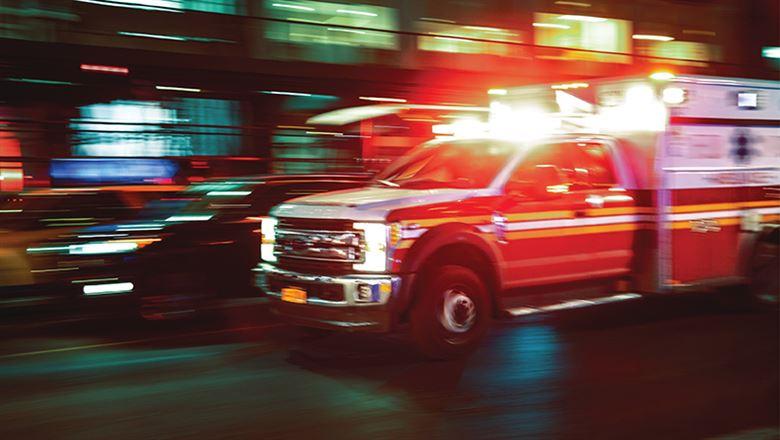Saving Lives in the Hybrid Era
 Associations Now
Associations Now
Newer cars are built differently, and it can be harder to rescue people trapped inside after a crash. A Power of A Award-winning program of the National Auto Body Council gives first responders hands-on training to save lives in those emergencies.
When people talk about how cars have changed, they usually think about electric cells and motion sensors. But cars’ bodies have changed too, with different steel materials that first responders can find hard to penetrate in an emergency. And those new technologies include fuel and electrical lines that can be dangerous if cut in the wrong place.
In recent years, the National Auto Body Council, which represents the collision industry, has been receiving calls for help from first responders.
“Fire departments came to us and said, ‘We’re having trouble,’” says George Avery, program manager for NABC’s F.R.E.E. (First Responder Emergency Extraction) program. Leveraging its members in the insurance and body-shop industries, NABC launched F.R.E.E. in 2011 to provide live training sessions for emergency workers who might need to use rescue tools in late-model vehicles.
Through the program—which won a Summit Award last year in ASAE’s Power of A Awards competition—partners at insurance companies provide vehicles that will be used in extraction demonstrations, while experts at tool companies like Hurst (maker of Jaws of Life) and Genesis Rescue Systems provide training. Collision facilities coordinate scheduling and locations with fire departments and other first responders.
“The real draw to the program is that first responders typically practice on old junker cars,” says Avery. “They don’t include the steel and the construction that the new cars do. So these newer cars are a real value.”
Since launching in 2011, the number of F.R.E.E. events has steadily increased, up to 35 per year, each serving approximately 40 first responders, says Avery. And NABC has moved it from a largely volunteer initiative to a staff-run program.
“As this gained traction, we felt it was unfair to expect volunteer staff to manage it,” says NABC President and CEO Bill Garoutte. “We knew that it had value to our constituent base, which is all of our members across segments of the collision industry. For us to really deliver on that value, we had to allocate staff to that.”
In terms of mission, Garoutte adds, it’s worth the investment. “Our mantra [for the program] is to change and save lives every day by educating these firefighters and first responders,” he says. “Though we can’t monetize it, we know we’re saving lives by doing this.”

